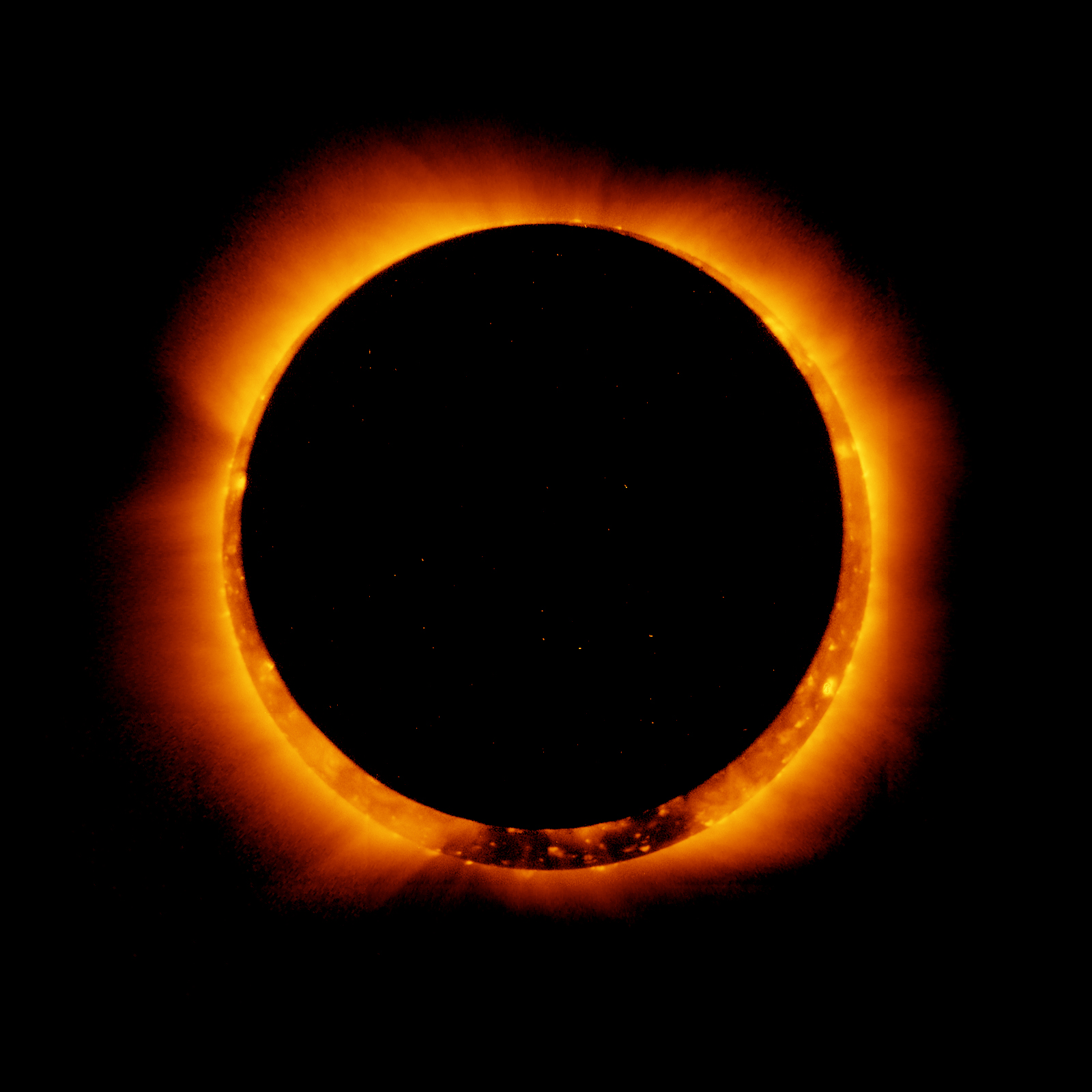2011 Solar and Lunar Eclipse Skywatching Guide

There will be two total lunar eclipses and four partial solar eclipses in 2011.
January 4 Partial Solar Eclipse
This partial eclipse will be visible at sunrise in northwestern Europe and northwestern Africa, at midday in northeastern Africa and the Middle East, and at sunset in central Asia.
Times of maximum eclipse and magnitudes at major cities:
Berlin | 08:27 UT | 0.81 |
Cairo | 08:31 UT | 0.55 |
Helsinki | 08:50 UT | 0.85 |
Istanbul | 08:37 UT | 0.71 |
Kabul | 09:52 UT | 0.27 |
Karachi | 09:46 UT | 0.09 |
London | 08:12 UT | 0.75 |
Moscow | 09:04 UT | 0.81 |
Paris | 08:09 UT | 0.73 |
Vienna | 08:25 UT | 0.78 |
June 1 Partial Solar Eclipse
This partial eclipse is visible mainly in the high Arctic.
Times of maximum eclipse and magnitude at major cities:
Breaking space news, the latest updates on rocket launches, skywatching events and more!
Alert | 21:36 UT | 0.43 |
Hammerfest | 21:30 UT | 0.59 |
Harbin | 20:01 UT | 0.23 |
North Pole | 21:21 UT | 0.47 |
Reykjavík | 22:01 UT | 0.46 |
Sapporo | 19:50 UT | 0.08 |
St. John’s | 22:39 UT | 0.05 |
Trondheim | 21:02 UT | 0.05 |
June 15 Total Lunar Eclipse
This will be an almost central total lunar eclipse. The complete eclipse will be visible in most of Africa, the Middle East, and southern Asia, and parts of the eclipse will be visible throughout Africa, Europe, Asia, and Australia. Maximum eclipse will be at 20:13 UT.
July 1 Partial Solar Eclipse
This partial eclipse is visible only in a small area of ocean near Antarctica, south of Africa
November 25 Partial Solar Eclipse
This partial eclipse will be visible from southern South Africa, Antarctica, and New Zealand.
Times of maximum eclipse and magnitude at major cities:
Cape Town | 04:53 UT | 0.11 |
Dunedin | 07:41 UT | 0.19 |
Hobart | 07:49 UT | 0.06 |
McMurdo | 06:52 UT | 0.70 |
December 10 Total Lunar Eclipse
This total eclipse is well placed for observers in eastern Asia, Australia, and northwestern North America. It is will be visible at moonrise in Africa and Europe, and at moonset in North America. Maximum eclipse will be at 14:32 UT.
Source: RASC Observer's Handbook 2011
This article was provided to SPACE.com by Starry Night Education, the leader in space science curriculum solutions.

Geoff Gaherty was Space.com's Night Sky columnist and in partnership with Starry Night software and a dedicated amateur astronomer who sought to share the wonders of the night sky with the world. Based in Canada, Geoff studied mathematics and physics at McGill University and earned a Ph.D. in anthropology from the University of Toronto, all while pursuing a passion for the night sky and serving as an astronomy communicator. He credited a partial solar eclipse observed in 1946 (at age 5) and his 1957 sighting of the Comet Arend-Roland as a teenager for sparking his interest in amateur astronomy. In 2008, Geoff won the Chant Medal from the Royal Astronomical Society of Canada, an award given to a Canadian amateur astronomer in recognition of their lifetime achievements. Sadly, Geoff passed away July 7, 2016 due to complications from a kidney transplant, but his legacy continues at Starry Night.

